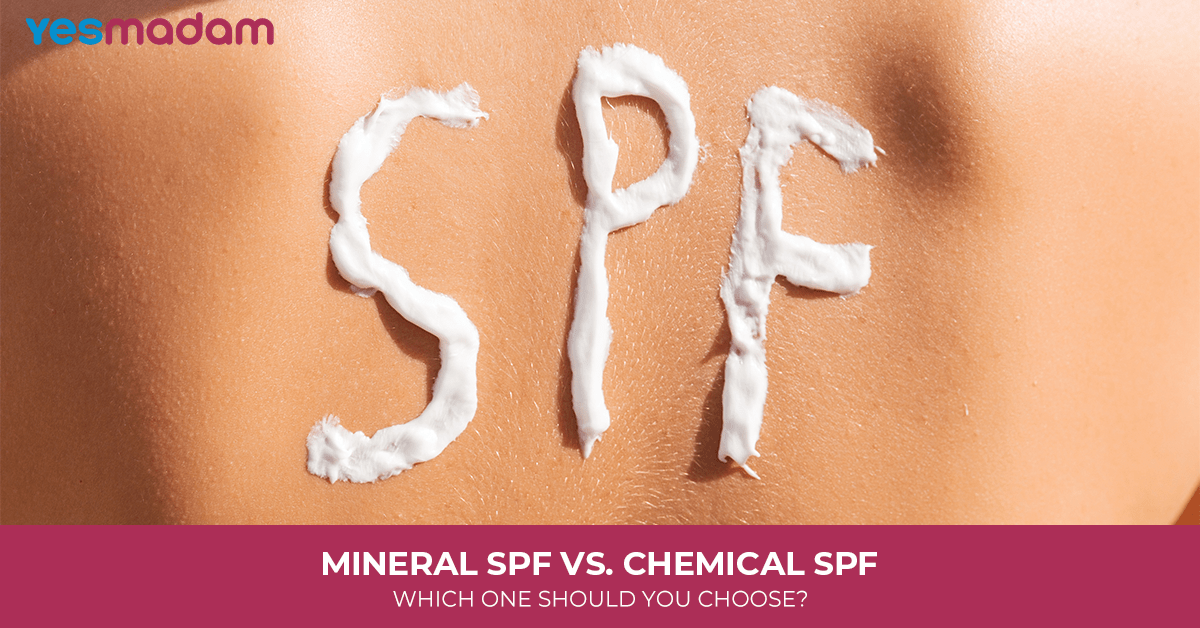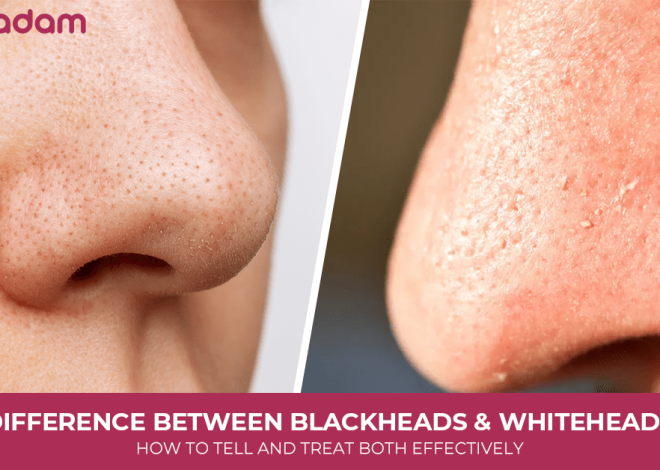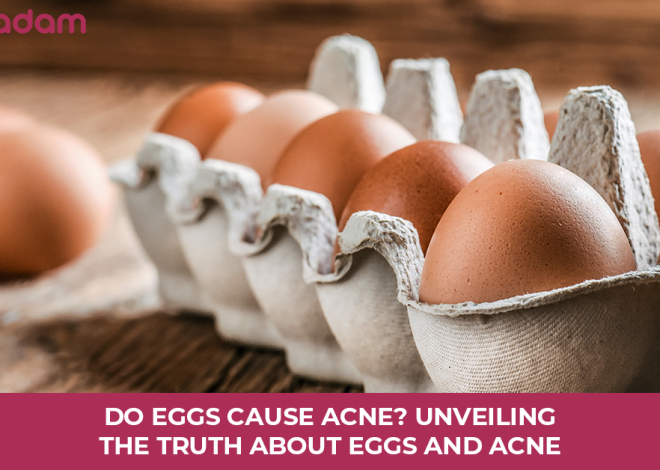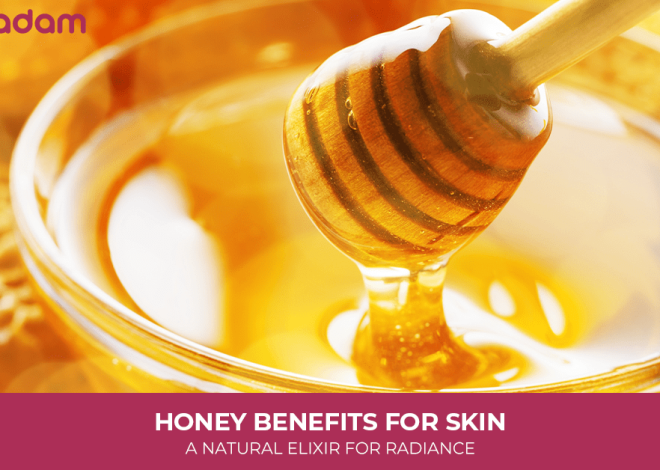
Mineral SPF vs. Chemical SPF: Which One Should You Choose?
When it comes to protecting your skin from harmful UV rays, the mineral SPF vs. chemical SPF debate is one that confuses many people. With countless sunscreen options available, it’s important to understand how each works, their pros and cons, and which one suits your skin type best. Both mineral and chemical sunscreens offer protection, but the way they achieve this and the experience they provide are very different.
In this article, we’ll break down everything you need to know about mineral vs. chemical SPF, so you can make an informed and confident choice for your daily skincare routine.
Table of Contents
What is Mineral SPF?

Mineral SPF, also known as physical sunscreen, is made with natural minerals like zinc oxide or titanium dioxide. These ingredients sit on top of your skin and act as a protective shield by physically deflecting and scattering harmful UV rays.
How Mineral SPF Works
Mineral sunscreen works immediately after application. Instead of absorbing into your skin, it forms a barrier on the surface, bouncing UVA and UVB rays away. This makes it an excellent choice for those with sensitive or acne-prone skin.
Benefits of Mineral SPF
- Gentle and less likely to cause irritation
- Provides broad-spectrum protection against UVA and UVB rays
- Works instantly after application
- Safer for sensitive skin and children
Downsides of Mineral SPF
- Can leave a white cast, especially on deeper skin tones
- May feel thicker or chalky
- Needs frequent reapplication, especially after sweating or swimming
What is Chemical SPF?

Chemical SPF, also known as chemical sunscreen, uses active ingredients like avobenzone, oxybenzone, and octocrylene. Unlike mineral SPF, these formulas absorb into the skin and transform UV rays into heat, which is then released from the body.
How Chemical SPF Works
When applied, chemical sunscreen penetrates your skin and starts working within about 15–20 minutes. It absorbs UV radiation, converts it into heat, and prevents sun damage at the cellular level.
Benefits of Chemical SPF
- Lightweight and easier to blend into the skin
- Often more cosmetically elegant, leaving no white cast
- Works well under makeup
- Provides long-lasting coverage when applied properly
Downsides of Chemical SPF
- May cause irritation for sensitive or acne-prone skin
- Needs time to absorb before sun exposure
- Some ingredients are controversial for environmental concerns (like coral reef damage)
Mineral SPF vs. Chemical SPF: Mineral SPF vs. Chemical SPF: Key Differences
| Feature | Mineral SPF | Chemical SPF |
| How it works | Sits on skin, reflects UV rays | Absorbs into skin, converts UV rays into heat |
| Time to work | Immediate | 15–20 minutes after application |
| Skin type | Great for sensitive, acne-prone skin | Best for normal, oily, or combination skin |
| Cosmetic feel | Can leave white cast, thicker texture | Lightweight, blends easily, no cast |
| Environmental impact | Reef-safe | Some ingredients may harm reefs |
| Reapplication | More frequent | Slightly less frequent |
Which One is Better for You?
The right choice depends on your skin type, lifestyle, and personal preferences.
- If you have sensitive skin, rosacea, or acne, mineral SPF may be the better option since it’s less likely to cause irritation.
- If you want a lightweight, makeup-friendly option, chemical SPF is a go-to since it blends seamlessly without leaving residue.
- For outdoor activities or kids, mineral sunscreens are often safer and more reliable.
Ultimately, the best sunscreen is the one you’ll actually use every day.
Conclusion
The mineral SPF vs. chemical SPF debate comes down to personal preference, skin type, and lifestyle. Mineral SPF offers gentle, immediate protection, making it ideal for sensitive skin. Chemical SPF, on the other hand, provides a lightweight feel and blends easily, making it perfect for everyday wear under makeup.
Whichever you choose, the most important step is consistency, wear sunscreen daily to protect your skin from premature aging, sunburn, and long-term damage.
FAQs
1. Is mineral SPF better than chemical SPF?
Not necessarily. Mineral SPF is better for sensitive skin and immediate protection, while chemical SPF offers a smoother finish and works well under makeup. The “better” option depends on your needs.
2. Can I use mineral and chemical SPF together?
Yes, some hybrid sunscreens combine both mineral and chemical filters to give you the benefits of each. They’re designed for better protection and cosmetic feel.
3. Does mineral SPF leave a white cast?
Yes, mineral SPF can leave a noticeable white cast, especially on darker skin tones. However, many brands now make tinted versions to minimize this effect.
4. Is chemical SPF safe for sensitive skin?
Not always. Chemical sunscreens can cause irritation or stinging in people with sensitive skin. If you have concerns, start with a patch test or choose mineral SPF.
5. Do I need to reapply sunscreen if I stay indoors?
Yes, especially if you’re near windows or exposed to indoor lighting that emits UV rays. Both mineral and chemical SPF should be reapplied every 2–3 hours for best protection.
6. Which SPF is better for kids?
Mineral SPF is generally recommended for children because it’s gentle, safe, and starts working immediately after application.
7. Does chemical sunscreen harm coral reefs?
Some chemical sunscreen ingredients, such as oxybenzone and octinoxate, have been linked to coral reef damage. Reef-safe sunscreens usually avoid these ingredients.
8. Can mineral SPF clog pores?
While mineral SPF is less likely to clog pores than chemical SPF, it still depends on the formulation. Look for “non-comedogenic” options if you have acne-prone skin.
9. How much SPF should I use?
Apply about a nickel-sized amount for your face and a shot-glass-sized amount for your entire body. Both mineral and chemical SPF require adequate amounts to be effective.
10. Is SPF in makeup enough?
No, SPF in makeup alone is usually not sufficient. You’d need to apply a lot of product to match the protection of sunscreen. Always use a dedicated SPF underneath your makeup.



